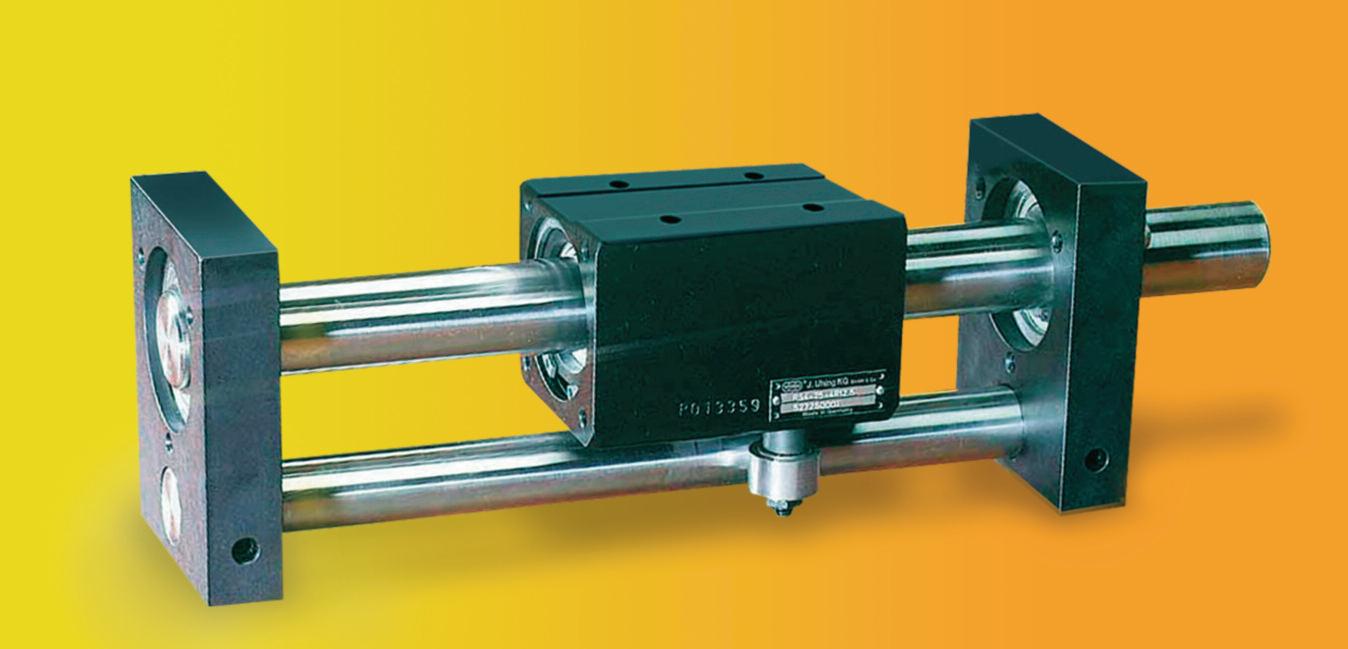
1 minute read
Rolling Ring
Zero backlash. Jam-proof design.
that compatibility enables easy data access so that the system can more easily optimize resources and effort. Compared to other existing networking technologies, TSN is also better equipped to prioritize critical packets over non-critical but high-bandwidth consuming applications, which reduces overall system downtime.
Last but not least, leveraging standard Ethernet technologies means that the latest cyber-security solutions developed for Ethernet are also available to TSN networks, offering greater protection and adaptability in an ever-changing threat climate.
Preparing TSN adoption
When it comes to implementing a TSN-capable application, a thorough understanding of the existing application requirements and network topology is a prerequisite to choosing the most suitable protocol and the right configurations for the switches and end devices.
• For applications in positioning & reciprocating motion
• Zero play – even during reversal
Uhing® Rolling Ring linear drives run on smooth, threadless shaft that won't clog jam. If the system is overloaded, the sh simply slips instead of churning and grinding The drive bearings are in constant contact with the shaft, even during reversal, thereby preventing backlash.

Example applications: metrolog y machines, ma terial handling systems, spooling equipment, packa ging & converting equipment
Many different sizes meet var ying requirements for axial thrust & linear speed
For more information call 1-800-252-2645
Email: amacoil@amacoil com www amacoil com

Some models feature mechanical control over speed and travel direction. No programming or electronic controls are needed
Consider an example that requires both PLC communications and image capture. This application would require transmitting two types of data to the same host computer. Using a combined network topology, it is clear that the video stream is sent from port 4 to port 1, while the controller sends the synchronization message to the master server from port 2 to port 1.
Protecting the control packet from the high bandwidth video stream requires configuring the necessary protocols on the network, including time synchronization (802.1 AS) and time aware shaper (802.1 Qbv) on the related components and ports.
The control packet is sent at 1 second cycles, 300µs for cycle date, and 200µs for time sync data while the remaining 500µs is running the non-cyclic data. The device can assign the corresponding VLAN ID to each slot to ensure that the cycle data will not be affected. After clarifying the behavior of the application, the last step is to configure the necessary configurations on the Ethernet switch and end device. |DE www.moxa.com
This article was supplied by Moxa







